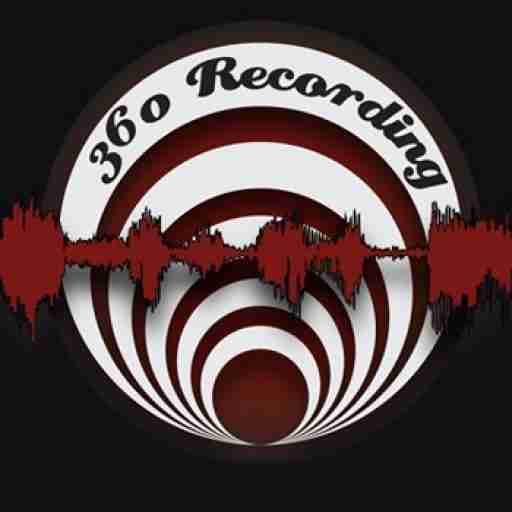Licensing Types in the Music Industry
1. Mechanical Licenses:
Mechanical licenses grant permission to reproduce and distribute copyrighted music. This license is essential for releasing cover songs, re-recordings, or distributing music in physical or digital formats (CDs, downloads, streams). Streaming services typically handle mechanical licenses through agreements with publishers and rights organizations.
2. Performance Licenses:
Performance licenses cover public performances of music. This includes live performances, radio airplay, TV broadcasts, and streaming on platforms like Spotify or YouTube. Performance rights organizations (PROs) manage these licenses and collect royalties on behalf of artists and songwriters.
3. Synchronization Licenses:
Synchronization licenses permit the use of music in conjunction with visual media, such as films, TV shows, advertisements, and video games. These licenses are typically negotiated directly between the copyright holder (often the music publisher) and the entity seeking to use the music.
Understanding Royalties
1. Mechanical Royalties:
For every copy of your music sold or streamed, you’re entitled to mechanical royalties. The rate varies by country and is either a fixed amount per sale or a percentage of revenue. Streaming services usually pay mechanical royalties to rights holders based on the number of streams.
2. Performance Royalties:
When your music is publicly performed, performance royalties are generated. PROs collect these royalties from venues, broadcasters, and streaming platforms and distribute them to the appropriate rights holders, such as songwriters and publishers.
3. Synchronization Royalties:
Synchronization royalties are earned when your music is synchronized with visual content. Rates for sync licenses can vary widely based on factors such as the prominence of the song in the visual media and the platform’s reach.
Managing Royalties as an Artist
1. Register with Performance Rights Organizations (PROs):
Joining a PRO like ASCAP, BMI, or SESAC is crucial for collecting performance royalties. These organizations monitor performances, collect royalties, and ensure that artists and songwriters receive fair compensation.
2. Distribution and Royalty Payments:
When distributing your music through platforms or aggregators, carefully review their royalty structures and payment terms. Understand how royalties are calculated, when they’re paid out, and the percentage you’ll receive.
3. Collaborator Agreements:
If collaborating with others, establish clear agreements regarding royalty splits. Specify each collaborator’s share of royalties to avoid disputes over earnings.
Conclusion
Navigating the world of licensing and royalties is essential for artists seeking fair compensation for their creative endeavors. Understanding the different types of licenses, how royalties are generated, and the organizations responsible for collecting and distributing payments empowers musicians to protect their rights and maximize their earnings. By staying informed and proactive in managing licensing agreements and royalty collections, artists can ensure they receive proper compensation for the use of their music across various platforms and media. Professional guidance or legal advice can be invaluable in negotiating fair licensing agreements and maximizing royalty earnings.
